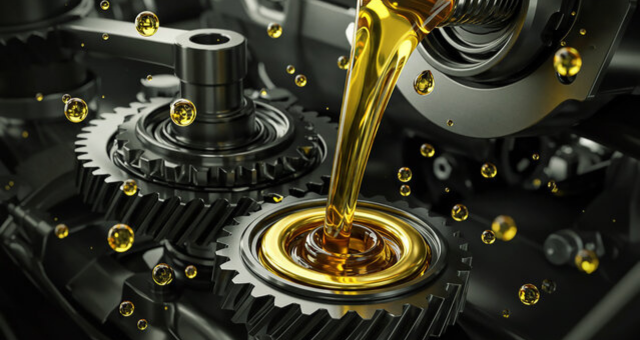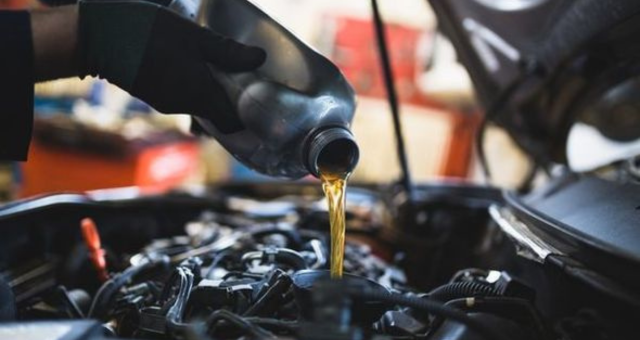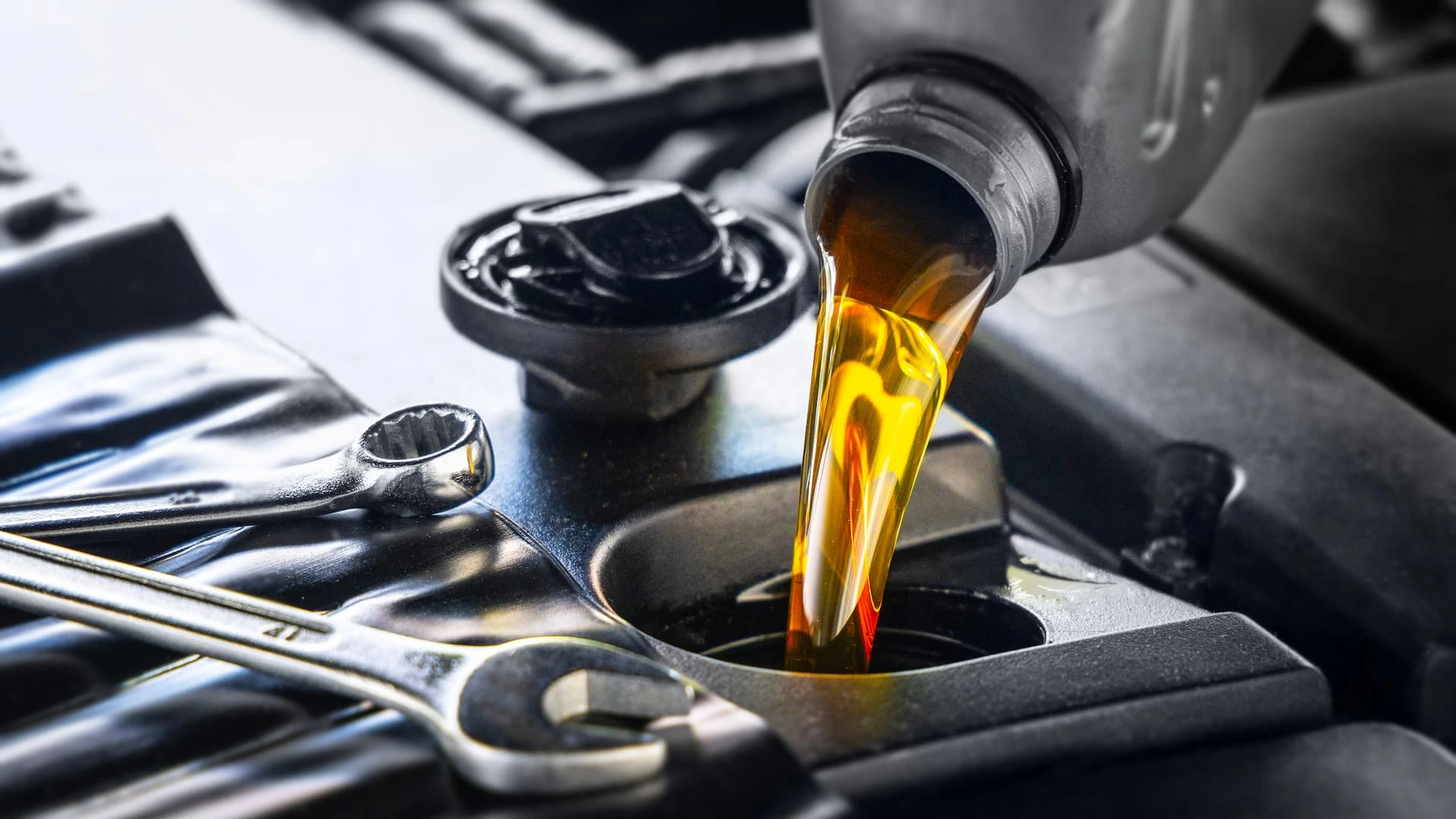Choosing the right Gear Oil for Your Car is one of the simplest yet most effective ways to protect your vehicle’s transmission system. A high-quality gear oil reduces friction, prevents wear, and enhances performance, ensuring your gearbox operates smoothly for years. Unlike engine oil, gear oil is formulated to handle high pressure and protect critical components such as differentials, transfer cases, and manual transmissions.
Understanding Your Gear System

Before selecting the best gear oil for a manual transmission, it’s essential to understand how your vehicle’s gear system operates. Different gear systems have unique requirements based on design and performance expectations.
- Identify the gear type – spur, helical, bevel, or hypoid.
- Consider the operating conditions – temperature, load, and speed.
- Check manufacturer guidelines – recommended oil viscosity and API GL rating.
For example, high-load vehicles like SUVs may require synthetic gear oil, whereas smaller cars may do well with mineral-based oils.
Is Your Gear Oil Causing Problems
Sometimes, even the best gear oil can degrade over time. Watch out for:
- Hard gear shifts: Low oil level or wrong viscosity.
- Burning smell: Oil oxidation or contamination.
- Whining noise: Worn-out oil or improper API rating.
- Leaks: Faulty seals or drain plug issues.
Regular maintenance of Gear Oil for Your Car can prevent most transmission-related failures.
Why Gear Oil is So Important for Your Car
Unlike engine oil, gear oil is a thick lubricant designed to withstand extreme pressure between gears, ensuring seamless movement and preventing metal-to-metal contact. This specialized gear lubricant protects your car’s gearbox, differentials, and transfer cases.
Key Roles of Gear Oil:
- Friction Reduction: Prevents direct metal contact between moving parts.
- Heat Dissipation: Transfers excess heat, keeping components cool.
- Wear Protection: Extends gearbox lifespan.
- Fuel Efficiency: Smooth operation reduces energy loss.
A well-lubricated gearbox is essential to prevent stalling, expensive repairs, and safety issues on the road.
Types of Gear Oil
Selecting the right type depends on your vehicle, driving style, and climate. Here are the main options:
1. Viscosity Grades
Gear oil viscosity determines how thick or thin the oil is at different temperatures.
- Low Viscosity: Flows easily in cold weather, good for smooth shifting.
- High Viscosity: Ideal for high-load and high-temperature conditions.
Example: 75W-90 gear oil works well for most passenger cars.
2. Synthetic Gear Oil
Synthetic gear oil offers consistent performance in extreme hot and cold conditions.
- Maintains stable viscosity.
- Extends oil change intervals.
- Offers superior protection against wear.
It’s recommended for performance cars, off-road vehicles, and heavy-duty applications.
3. Additive Gear Oils
Additives boost performance by offering anti-wear protection, rust prevention, and better heat resistance. Ideal for manual transmission fluid applications.
- Contain friction modifiers and anti-wear agents.
- Offer better protection against rust, corrosion, and foaming.
- Suitable for limited-slip differential systems and advanced transmissions.
4. Mineral Gear Oil
A more affordable option derived from crude oil.
- Best for moderate operating conditions.
- Less thermally stable compared to synthetic oil.
- Ideal for standard passenger vehicles with lighter workloads.
5. Castrol Syntrax
Castrol Syntrax is a fully synthetic gear oil specially designed for axles and differentials, delivering premium protection and longevity for vehicles even under demanding conditions.
- Protects gears and axles from wear in high-stress situations.
- Ensures smooth shifting and quiet operation, reducing transmission noise.
- Offers excellent performance at both low and high temperatures for reliable lubrication.
Understanding the Difference
Transmission fluid vs gear oil is a common point of confusion. Here’s the key difference:
|
Feature |
Transmission Fluid |
Gear Oil |
|
Viscosity |
Thin, free-flowing |
Thick, adhesive |
|
Function |
Engine & automatic transmission cooling |
Gearbox & differential lubrication |
|
Pressure resistance |
Low to moderate |
High |
|
Applications |
AT vehicles, power steering |
Manual gearboxes, differentials, transfer cases |
When to Replace Gear Oil

Like engine oil, Gear Oil for Your Car also degrades over time. Old oil becomes contaminated, loses viscosity, and fails to protect moving parts.
Recommended Intervals:
- Normal conditions: Every 50,000–80,000 km
- Severe conditions (off-roading, towing, city traffic): Every 30,000–50,000 km
The Role of Gear Oil in Vehicle Performance
The gearbox plays a central role in power delivery. The right gear oil brands can make a noticeable difference in how your car drives.
Performance Advantages:
- Reduced friction: Smoother gear engagement.
- Better fuel economy: Less resistance, better mileage.
- Noise reduction: Minimizes gear chatter.
- Thermal stability: Handles extreme heat and pressure.
This is especially crucial for vehicles with transfer case fluid or performance transmissions.
5 Factors to Consider When Choosing Gear Oil
- Vehicle Compatibility
Always follow the car manufacturer’s specifications. Not all gear oils are universal. - Viscosity Grade
Select based on climate and usage. Check the owner’s manual for recommended SAE viscosity. - Additives and Formulations
Additives like EP (Extreme Pressure) agents and friction modifiers improve performance. - Performance in Extreme Conditions
For off-road driving, towing, or hot climates, synthetic gear oil or semi-synthetic oil is preferred. - Budget Consideration
High-quality oil costs more upfront but reduces long-term repair expenses.
Signs That Your Gear Oil Needs Attention
- Grinding or clunking sounds during shifting.
- Difficulty engaging gears.
- Visible leaks under the vehicle.
- Burning odor coming from the transmission area.
If you notice these signs, check your API GL rating and oil level. It may be time for a change.
Gear Oil Change Step-by-Step Guide

Changing gear oil at home can save money if done carefully.
- Park the car on a level surface.
- Warm the engine and engage the handbrake.
- Remove the drain plug and drain old oil completely.
- Replace the gasket and oil filter if needed.
- Refill with the correct type and quantity of gearbox oil.
- Reinstall the drain plug securely.
- Wipe off any excess and check for leaks.
Safety Tip: Always dispose of old oil responsibly at authorized collection points.
Conclusion
Choosing the right Gear Oil for Your Car isn’t just about maintenance, it’s about performance, safety, and cost-saving in the long run. Whether you opt for synthetic, semi-synthetic, or mineral oil, following your vehicle’s specifications is key.
Regular oil checks and timely changes ensure your gearbox stays protected, efficient, and ready for every drive.
Read Also This |
|
|---|---|






_1760078817.webp)



_1765357579.webp)